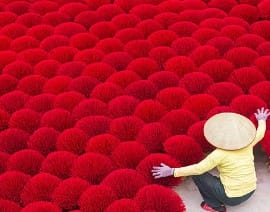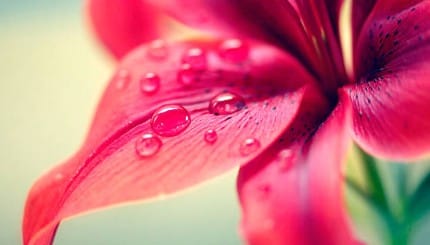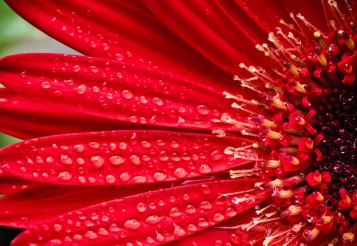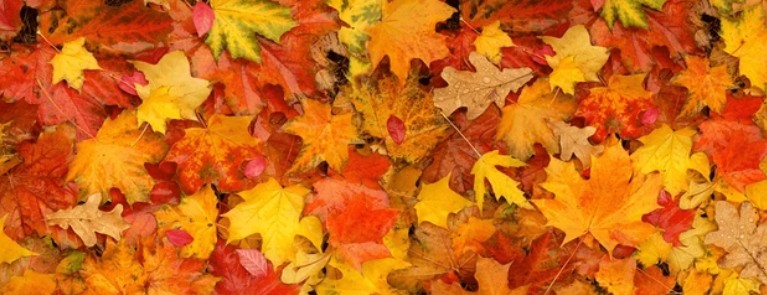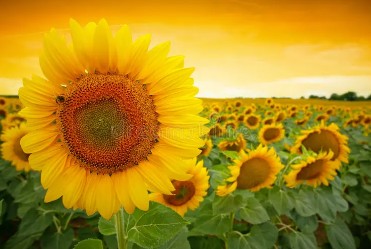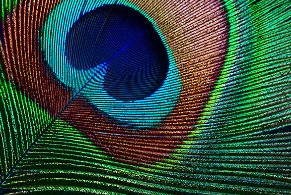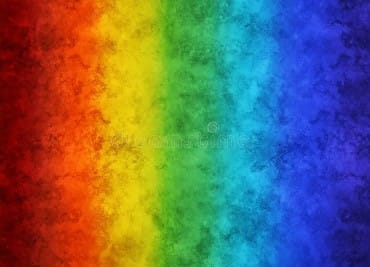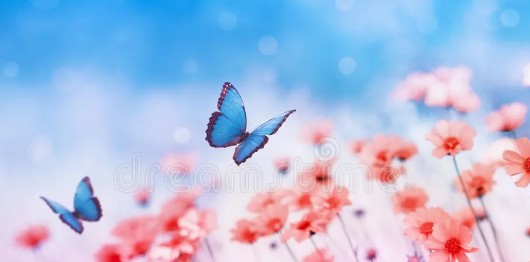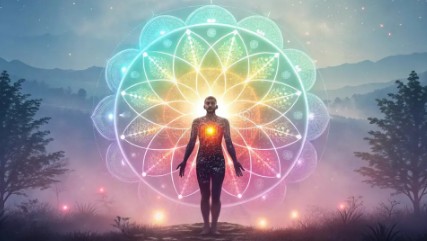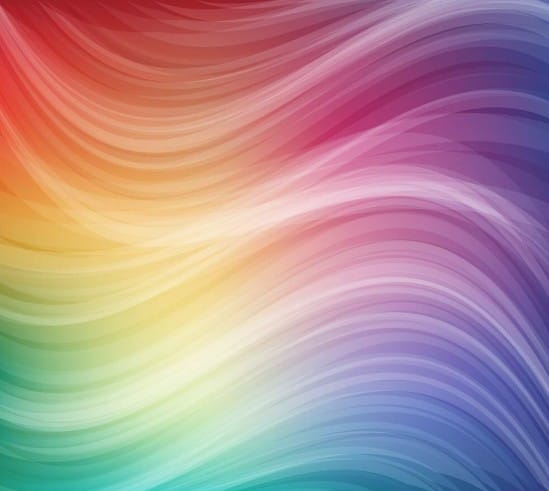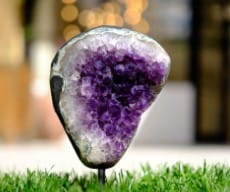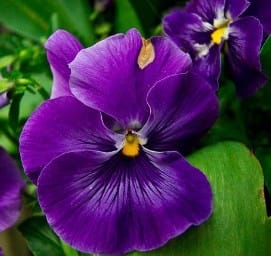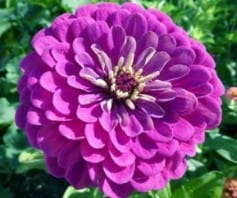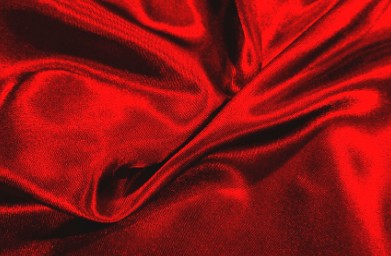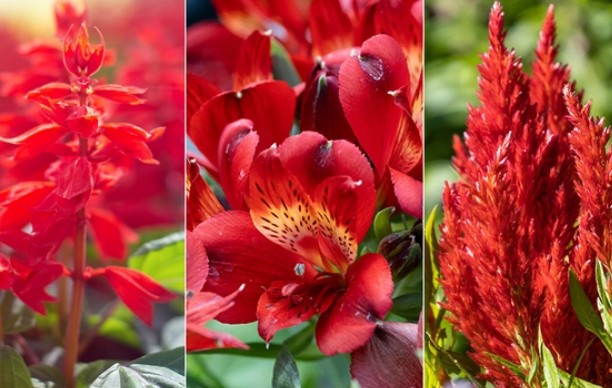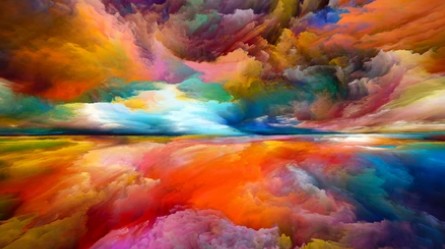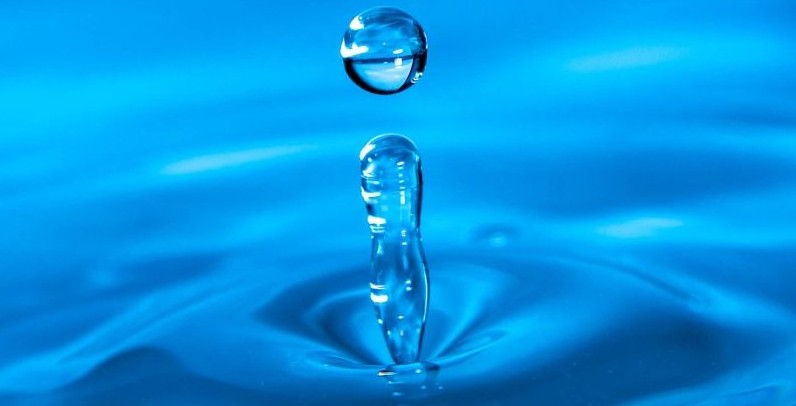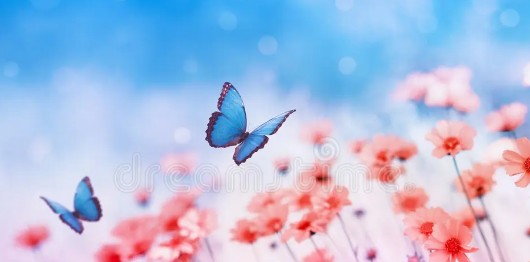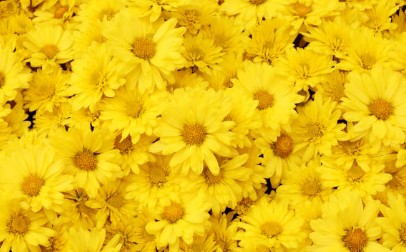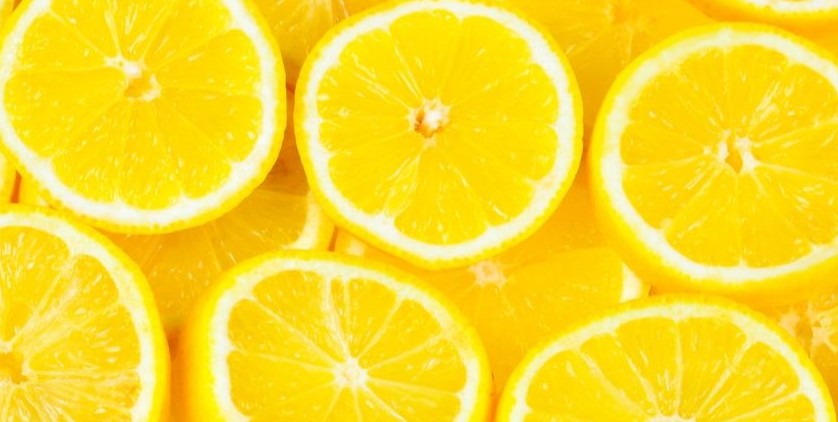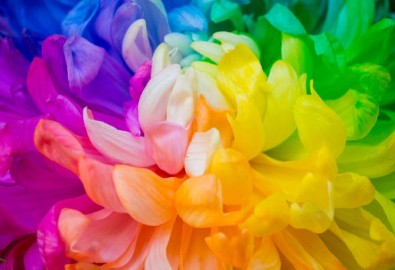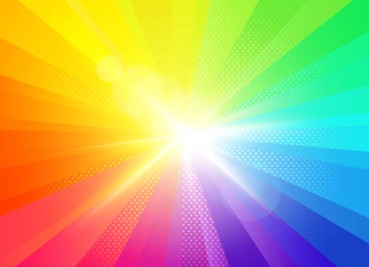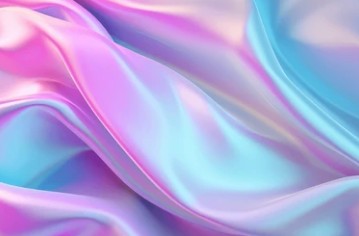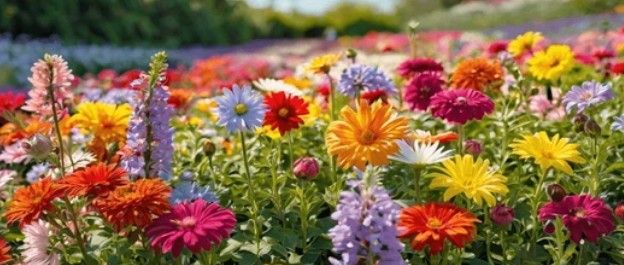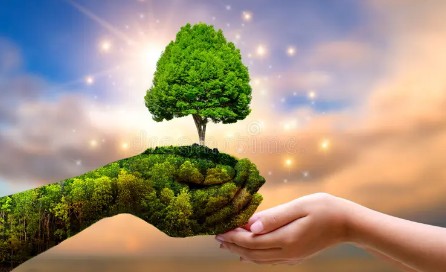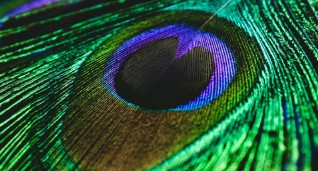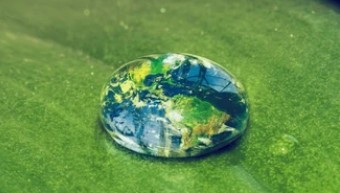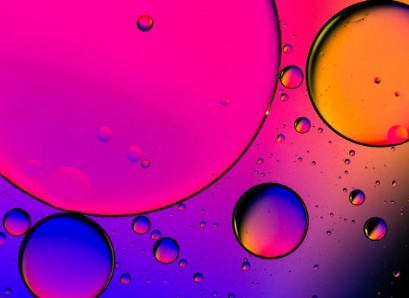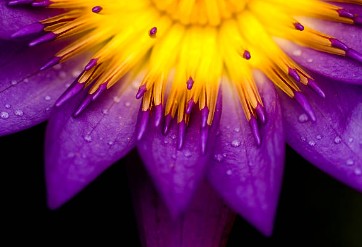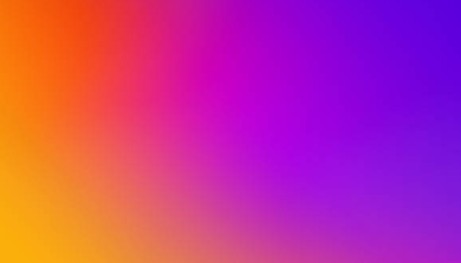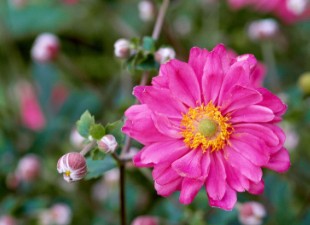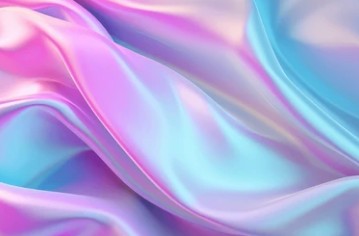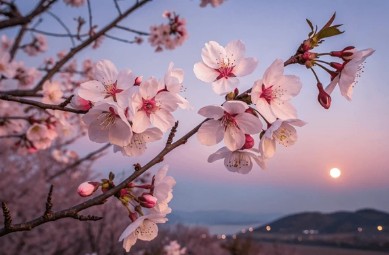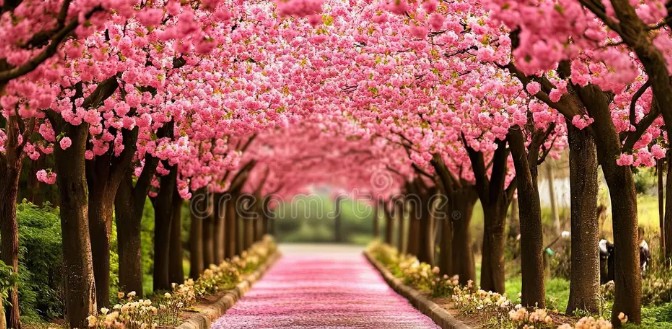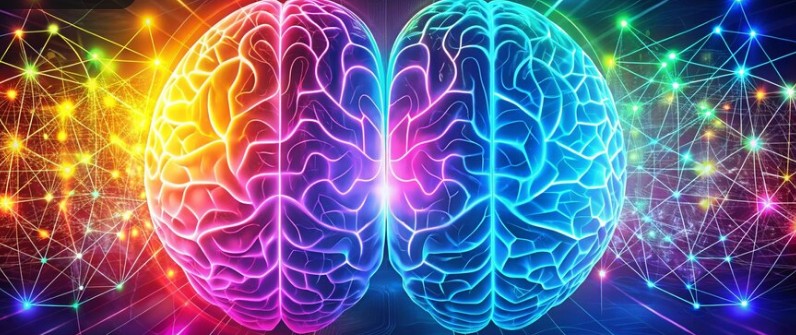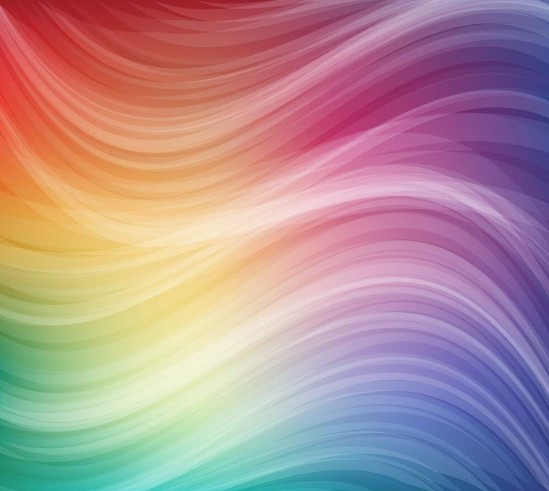Color is more than what we see ~ it’s what we feel.
Colors carry energy that touches our emotions, our focus, and our well‑being. When we choose colors with intention, we stop being passive observers and become active creators of our own balance.
Intentional Color Therapy empowers us to use color as a daily tool – to uplift, calm, energize, heal & so much more! QuikColors is your invitation to discover how simple shifts in color can “QUIK-LY” bring more joy, clarity, and vitality into your life ~ NOW.

RED
VITALITY
ANTI-AGING
ALERTNENSS
EMPOWERS

ORANGE
JOY!
CREATIVITY
VITALITY
POSITIVITY
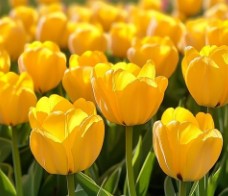
YELLOW
CLARITY
HAPPINESS
FOCUS
ENERGIZE

GREEN
RENEWAL
HEALING
BALANCE
CALMNESS

BLUE
PEACE
TRUST
RELAX
LOYALTY
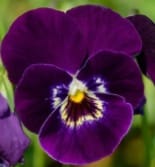
VIOLET
WISDOM
INTUITION
CREATIVITY
DIGNITY
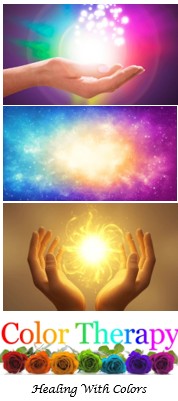
COLOR THERAPY
Color isn’t just visual – it’s vibrational. For survivors of brain injury, color therapy offers a gentle, non-invasive way to soothe the nervous system, spark emotional regulation, and support cognitive recovery. Whether through curated palettes, nature immersion, or intentional rituals, color becomes a healing companion – one that speaks in wavelengths, not words.
Colors Are Healing
Color therapy taps into the brain’s sensory pathways, using specific hues to calm, energize, or balance emotional states. Soft blues and greens can reduce anxiety and overstimulation, while warm tones like coral or golden yellow may boost mood and motivation. Survivors often find that color exposure – through light, art, or environment – helps regulate overwhelm and restore a sense of safety.
READ MORE LINK → Explore how color therapy supports emotional regulation, sensory integration, and gentle cognitive stimulation for TBI survivors.
READ MOREColors in Nature
Natural color palettes—sunset oranges, forest greens, ocean blues—offer a healing rhythm that artificial environments often lack. Nature’s hues engage the brain’s visual cortex and limbic system, promoting relaxation, reducing inflammation, and enhancing neuroplasticity. Even brief exposure to natural color can improve focus, reduce pain perception, and elevate mood.

Discover how nature’s colors activate healing responses and support brain recovery through visual and emotional pathways.
READ MOREColor as Personal Expression
After a brain injury, many survivors struggle to reconnect with their sense of self. Color becomes a gentle way to express emotions, reclaim identity, and communicate without words. Whether through clothing choices, home environments, or creative projects, survivors often use color to reflect their inner world and navigate emotional shifts. It’s not just aesthetic – it’s affirming.
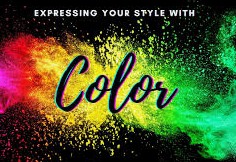
Explore how color helps survivors express their evolving identity, regulate emotions, and create environments that feel safe and empowering.
READ MOREColor Therapy: The Science, The Soul, The Power

Color isn’t just something we see—it’s something we feel, absorb, and react to on a level deeper than words. It’s energy, emotion, vibration. It’s a silent conversation between light and the brain, shaping mood, focus, and healing in ways we don’t always consciously realize.

Think about it—why does blue make you feel calm, while yellow sparks optimism? Why does green whisper renewal, while red ignites passion? It’s not just aesthetics—it’s biology, psychology, and ancient wisdom woven together.
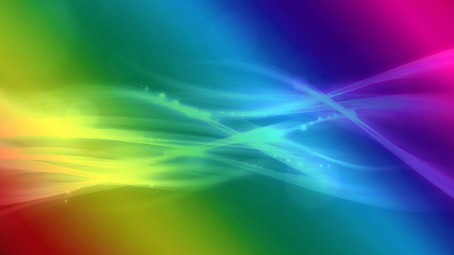
Color therapy taps into the frequency of different hues to restore balance, energize the mind, and even accelerate physical healing. Whether it’s bathed in natural light, worn as clothing, or infused into artwork, the right colors can shift energy, ease anxiety, and support neuroplasticity in profound ways.

From chromotherapy treatments in wellness clinics to the way a simple sunset melts stress away, color works on us—whether we recognize it or not. And now, you hold the brush to harness that power intentionally.
Ready to step into the world of color as medicine? Let’s dive in.
Red: The Fire Within
Red isn’t just a color—it’s power, movement, urgency. It lives in the pulse of your heartbeat, the warmth of the sun against your skin, the spark of ambition pushing you forward.
TBI Connection: After a brain injury, mental fatigue can feel overwhelming, and motivation may dip. Red’s stimulating energy can help reignite drive, spark action, and fuel the determination needed to push through recovery.
Balanced Use: Harness red in moderation—it can invigorate, but too much may heighten stress or overload sensory processing.

The Color of Energy & Power
Wild Facts About the Color Red!
Paint the Town Red: A Guide to the 25 Most Stunning
Therapeutic Benefits: Stimulates energy, boosts circulation, and ignites motivation—perfect for overcoming fatigue or sluggishness.

BLUE: The Calm Within Chaos
The Color Blue: Psychology & Symbolism
Therapeutic Benefits: Blue is known for its calming effects on the nervous system. It can reduce stress, lower blood pressure, and enhances self-expression- essential for moments of overwhelm – making it ideal for fostering thoughtful dialogue and soothing environments.
Blue: The Shade of Calm and Communication
Blue is the deep exhale, the ocean’s embrace, the quiet confidence of knowing you’re enough. It’s the color of peace and tranquility, open skies and serene waters, evoking a deep sense of peace and introspection. but it’s also the color of strength.
TBI Connection: Many survivors deal with heightened anxiety, sensory overload, or emotional fluctuations. Blue’s calming energy helps soothe mental strain, support emotional regulation, and create a sense of security in moments of stress.
Balanced Use: While calming, a predominance of blue might feel isolating and create coolness or detachment, so it’s often paired with warmer tones for emotional balance and harmony
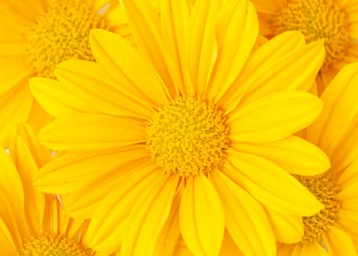
The Hue of Joy and Intellect
Harness the Emotional Power of the Color Yellow
When you want to perk up, add a pop of yellow! (Click Here)
Therapeutic Benefits: Yellow can brighten one’s mood, boost focus, and stimulate the mind. It’s often used to encourage learning and innovation, making it perfect for energizing workspaces. It encourages optimism, strengthens concentration, and enhances decision-making – perfect for clearing mental fog.
YELLOW: The Light of Possibility
Yellow is laughter, clarity, illumination. It sparks creativity, optimism, and clarity of thought. It’s a radiant and uplifting color, associated with the energy of sunlight and the spark of new ideas. It’s the warmth of intellect meeting joy—the glow of insight breaking through uncertainty.
TBI Connection: Many survivors struggle with mental fog, memory lapses, or trouble focusing. Yellow promotes clarity and concentration, offering a mental boost when cognition feels sluggish.
Balanced Use: Too much yellow can sometimes be overwhelming, so it’s best softened with complementary colors for balance. A touch of yellow lifts the spirit, but excess can lead to overstimulation or mental restlessness.

The rainbow makes us happy and therefore gives hope and comfort. A symbol for a bright spot in difficult times, ‘behind the clouds the sun shines’ and the promise of a new beginning. It only takes 1 small ray of sunshine to transform a dark rain shower into a beautiful rainbow!
The Benefits of Multicolor Harmony
When combined, these primary colors create a palette of infinite possibilities. Together, they symbolize balance, unity, and the interconnectedness of energies. Your use of multicolor elements beautifully echoes this harmony, embodying inclusivity and the multifaceted nature of your mission.
In color therapy, the interplay of various hues reflects life’s complexity while promoting holistic well-being. By integrating these vibrant forces into your projects, you’re not just enhancing visuals—you’re also infusing them with meaning, connection, and empowerment.
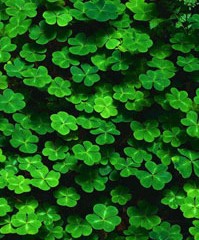
5 Fun Facts About the Color Green
Therapeutic Benefits: Green is often associated with healing, both physically and emotionally. It soothes the heart, relieves stress, and fosters a sense of harmony. Surrounding yourself with plants and greenery enhances this natural healing energy.
GREEN: The Whisper of Renewal
Green breathes like the wind through the trees – it embodies balance, stability, renewal, growth and healing. It’s the reset button when life feels off-kilter, the reminder that growth is constant. It’s the perfect blend of the calming qualities of blue and the uplifting energy of yellow.
TBI Connection: Brain injury recovery is physically and emotionally exhausting, and the need for stability is crucial. Green fosters equilibrium, helping survivors rebalance emotions, regulate stress, and regain physical strength.
Balanced Use: Too much green can feel passive – use it to ground yourself but stay open to progress.

Purple Mental Health: Color’s Impact on Emotional Wellness – This article dives into how purple environments may reduce anxiety, promote relaxation, and even influence serotonin and melatonin production.
Purple Color Therapy: Healing Power of Violet Light: Explores how violet light therapy can enhance creativity, relaxation, and even physical healing through chromotherapy.
PURPLE: The Gateway to Intuition
Purple exists at the threshold between wisdom and wonder— it represents wisdom, creativity and spirituality. It’s the mystic, the dreamer, the thinker lost in possibility. Combining the serenity of blue with the intensity of red creates a color that sparks deep thought and self-reflection.
TBI Connection: A brain injury can make self-awareness and deeper reflection feel challenging. Purple nurtures introspection and emotional connection, helping survivors rebuild trust in their intuition, emotions, and personal growth.
Therapeutic Benefits: Purple is often used to inspire creativity and connect to higher consciousness. It boosts creativity, deepens introspection, and enhances spiritual awareness—great for meditation and mindfulness.
Balanced Use: Too much purple may lead to over-indulgence in fantasy—ground it with earthy tones for stability.

Orange Mental Health: Color’s Impact on Well-Being
Color Therapy Types, Techniques, and Benefits – how orange is used to stimulate happiness, mental activity, and appetite.
Therapeutic Benefits: Enhances creativity, lifts mood, and fosters emotional resilience – ideal for battling stagnation or self-doubt. Orange can boost confidence, encourage social interaction, and energize both body and mind. My large orange flowers radiate this energy, bringing a happy, lively vibe to my space.
ORANGE: The Catalyst of Creativity
Orange is a sunrise bursting through the clouds – it’s vibrant, electric, alive. It stirs the senses, wakes up the imagination, and brings confidence to the uncertain. It merges yellow’s cheerful brightness with red’s passionate energy, creating a tone that feels alive and invigorating.
TBI Connection: Cognitive challenges can make problem-solving and creative thinking feel harder than before. Orange’s warmth fuels mental flexibility, helping those recovering from TBI regain confidence in their ideas and abilities.
Balanced Use: Too much orange can feel overstimulating – let it energize without triggering overwhelm.

24 Pink Flowers to Add Dainty or Bold Beauty to Your Garden
Mental Health Pink: Color’s Impact on Emotional Wellness – relaxation, emotional healing, reducing stress and fostering a sense of calm.
The Color Psychology of Pink – compassion, tranquility, and emotional balance
Color Therapy Pink: Emotional Healing Through Hues– promotes self-love, emotional resilience, and stress relief.
PINK: The Gentle Strength of Healing
Pink whispers of softness, of comfort—yet within it lies a quiet resilience. It softens the intensity of red with the purity of white, creating an aura of gentleness and kindness. It is tender, compassionate, nurturing and undeniably powerful, a reminder that healing is not just about survival, but about finding grace in transformation.
TBI Connection: The journey through brain injury recovery is filled with emotional highs and lows. Pink offers a safe, reassuring presence, reducing stress and fostering self-acceptance when mental strain feels overwhelming.
Therapeutic Benefits: Pink helps reduce aggression and promote feelings of care and affection. Eases anxiety, nurtures emotional healing, and enhances feelings of warmth and trust—perfect for moments of self-care and restoration. The deep pink roses on my desk bring a sweet, loving energy into my workspace.
Balanced Use: Too much pink may feel overly sentimental or passive—use it with grounding tones to balance gentleness with inner strength.
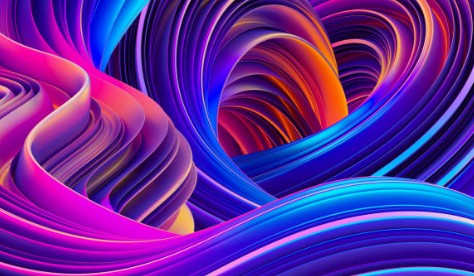
Multi-Colors
When colors come together, they symbolize balance, diversity, and unity. Combining colors can create a harmonious and uplifting environment.
Therapeutic benefits of multi-colors and how they contribute to mental and physical well-being:
Chromotherapy: The Practice of Using Colors to Boost Mental and Physical Health – how different colors interact to stimulate healing, balance emotions, and enhance cognitive function.
Boost Your Mood Health: The Psychology Behind Color Therapy – how multi-color environments can increase creativity, improve mood, and support neuroplasticity.
Color Therapy Types, Techniques, and Benefits – how combining colors can amplify therapeutic effects.
MULTI-COLORS: The Symphony of Renewal
Imagine a swirling cascade of colors—an untamed, electric force that stirs the senses, ignites joy, and fuels transformation. Multi-colors are not just a blend; they are a harmonic collision of possibilities, reminding us that recovery is not linear, but an exploration of growth, adaptation, and self-discovery.
Energy and Symbolism: Multicolor elements stimulate all parts of the psyche, encouraging adaptability, open-mindedness, and a sense of completeness. They’re a beautiful reflection of your dynamic and creative soul.
TBI Connection: No single healing method works for everyone, just as no single color tells the full story. A blend of colors represents neuroplasticity—the brain’s ability to rewire, rebuild, and reinvent itself after trauma. Multi-colored environments encourage curiosity, playfulness, and mental flexibility, supporting the ever-evolving nature of recovery.
Therapeutic Benefits: Stimulates creativity, enhances cognitive engagement, and inspires emotional resilience—perfect for times when the mind needs variety, stimulation, and renewal.
Balanced Use: Too much color can feel chaotic—use multi-color elements intentionally, allowing them to energize without overwhelming.



